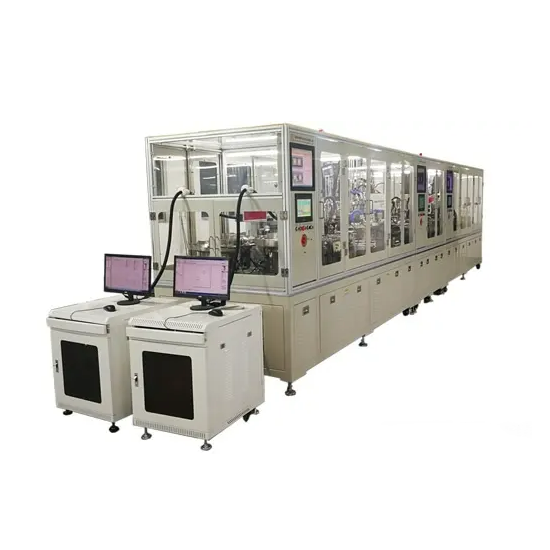Car Battery Pilot Line Construction Plan
Introduction:
Our company aims to establish a state-of-the-art Car Battery Pilot Line to support the development and production of high-performance car batteries. This pilot line will serve as a testing ground for research and development, process optimization, and small-scale production of car batteries. The following is a detailed plan outlining the key components and considerations for the construction of the Car Battery Pilot Line.
Facility Setup:
a. Location: Identify a suitable facility with adequate space to accommodate the pilot line equipment and operations. Consider factors such as accessibility, utilities, and environmental considerations.
b. Layout Design: Develop an efficient and ergonomic layout for the pilot line, ensuring a logical flow of materials and processes. Allocate designated areas for battery assembly, electrode fabrication, testing, and quality control.
c. Safety Measures: Implement comprehensive safety measures, including fire prevention systems, ventilation systems, emergency exits, and safety protocols for handling hazardous materials.
Equipment Selection:
a. Mixing and Coating: Install high-capacity mixing machines for preparing electrode slurries and precision coating machines for applying electrode materials onto current collectors. Select equipment with adjustable parameters to accommodate different battery designs.
b. Electrode Assembly: Acquire precision
electrode stacking machines capable of precise alignment and compression of electrodes. These machines should be adaptable to various electrode sizes and designs.
c. Cell Assembly: Install automated cell assembly machines capable of handling large volumes of battery components, including electrodes, separators, and current collectors. These machines should ensure precise placement and sealing of components to achieve consistent cell performance.
d. Formation and Testing: Include formation equipment that provides controlled charging and discharging cycles to condition the batteries. Incorporate testing stations for evaluating cell performance, including capacity testing, cycle life testing, and safety testing.
e. Quality Control: Implement inspection and
Battery Sorting Machine to ensure consistent quality throughout the production process. These machines should detect defects, measure critical parameters, and sort batteries based on performance criteria.
Process Optimization:
a. Process Flow: Develop optimized process flowcharts for each stage of battery production, considering factors such as material handling, cycle time, and efficiency. Continuously monitor and refine the processes to improve productivity and quality.
b. Automation and Integration: Maximize automation and integration of the production line to minimize manual intervention, reduce human error, and improve overall efficiency.
Safety and Environmental Considerations:
a. Waste Management: Implement a comprehensive waste management system to handle and dispose of hazardous materials, such as electrolytes and electrode manufacturing by-products, in compliance with environmental regulations.
b. Personal Protective Equipment (PPE): Provide appropriate PPE to all personnel working in the pilot line, including gloves, safety glasses, lab coats, and respiratory protection when handling chemicals or operating machinery.
c. Training and Safety Procedures: Conduct regular training sessions to educate employees about safety protocols, emergency response procedures, and the proper handling of hazardous materials.
d. Environmental Sustainability: Explore opportunities to incorporate sustainable practices, such as energy-efficient equipment, waste recycling, and the use of renewable energy sources.
Conclusion:
The construction of a Car Battery Pilot Line is a significant investment in advancing battery technology and supporting the development of high-performance car batteries. By carefully selecting equipment, optimizing processes, and prioritizing safety and environmental considerations, our Car Battery Pilot Line will serve as a reliable platform for research, process optimization, and small-scale production. We are committed to providing innovative and sustainable solutions to meet the evolving demands of the automotive industry.



 ONLINE
ONLINE Louis@lithmachine.com
Louis@lithmachine.com +0086 15959378975
+0086 15959378975